Is Steel Stronger Than Concrete?
Important Point
- Steel has more lightweight and higher strength than concrete.
- And also steel built a heavy strong structure to concrete with less quantity of material.
- The tensile strength of steel is higher than concrete, so it avoids the risk of collapse of the structure.
- Concrete is a brittle material, so it easily collapses under tensions, where steel is a ductile material that can resist the tensile load.
- Steel has more density per unit area than concrete, so we can say it has more durability than concrete.
Also, Read: What Is Soil Vent Pipe | How Does Soil Stack Pipe Works | Soil Vent Pipe Material | Types of Plumbing System
Steel and Concrete Construction Costs
Steel Construction
The steel construction cost is less than from concrete construction.
As compared to concrete to steel construction, the quantity of raw materials needed for steel is a little bit less, so the construction of the steel structure is more economical.
Concrete Construction
Concrete construction cost is more than from steel construction.
As compared to steel to concrete construction, the quantity of concrete is needed more, so it is expensive, from steel construction.
Example cost of concrete construction – for M20 (1:2:4).
- Cement 8 bags 8×300=2400
- Sand 16 cft 16×40=640
- Aggregate 32cft 32×60=1920.
Then the price of one cubic meter of concrete is 4960 Rs. For what the construction cost of concrete is more from steel construction.
Steel Vs Concrete
- Steel is an excellent material under tensile load, but it is not good under compressive load.
- On the other hand, concrete is a very good material under compressive load but not good under tensile load.
- The density per unit area of steel is more than from the concrete.
- Where the density of concrete per unit area is less than from the steel.
- Compare concrete to steel; steel should be more careful to resist corrosion if steel comes in contact with water; it should be corroded.
- Where concrete is naturally protected from corrosion because the element that is used to make concrete, are cement, sand, and aggregate that gate naturally, but it should be noted that if the reinforcement inside the concrete is exposed, then it should be easily corroded.
- The steel used in the structure’s been 100 percent recycling material, where concrete is a non-recycling material.
- In structural elements, steel is widely used in construction because steel is a flexible material. So with it, we can make endless applications. On the other hand, concrete is a rigid material, but it has little flexibility and makes application; it has certain boundaries.
- The density of steel is 7850 cubic meters, and the thickness of concrete is 2800 to 3300 cubic meters.
- Concrete is a naturally fired resisted material because it is prepared by cement, sand, gravel, and water that all are a natural material. Where steel is a fire-resistant material, but up to a certain limit of temperature, it tends to deform. So some ingredients should be added manually to prevent this property of steel.
- Steel is a ductile element where concrete is a brittle element.
- Steel is a good conductor of electricity, but concrete does not conduct electricity.
How Strong Is Concrete?
How strong is concrete, it depends upon the strength of cement paste. The strength increased with cement content and reduced with air and water content. It’s called the water-cement ratio.
There are three types of concrete
- Ordinary Concrete
- Standard Concrete
- High strength Concrete
The strength of concrete depends on the group of concrete. As like:
Ordinary Concrete
The compressive strength of 150 mm cube at 28 days in N/mm2
- M10- 10
- M15- 15
- M20- 20
Standard Concrete
The compressive strength of 150 mm cube at 28 days in N/mm2
- M25- 25
- M30- 30
- M35- 35
- M40- 40
- M45- 45
High Strength Concrete
The compressive strength of 150 mm cube at 28 days in N/mm2
- M65- 65
- M70- 70
- M75- 75
- M95- 95
- M100- 100
For the upper statements, we can say that the strength of concrete depends on the grade of concrete.
- The strength of the concrete depends upon the size of the aggregate. The large size of aggregate makes lower the total surface area for which the water requirements for the concrete have been lower, and the workability of the concrete should be increased.
- The concrete is so much stronger when a compressive load working on it but when a tensile load is acting upon it, that’s should be a collapse.
- Some time few admixtures are added to increase the workability and strength of the concrete.
- At the end of the point, it is clear that concrete is slightly less strong than steel.
Also, Read: Fish Ladder | What Is Fish Ladder | Types of Fish Ladder | Fish Ladders in Dams
Concrete and Steel
Concrete
The mixture of cement, sand, aggregate, and water in a proper ratio to make a structure is called concrete. There are various types of grades of concrete – M20, M30, M40, etc.
Where ‘ M ‘ is a mixture, and 20 is the compressive strength after 28 days.
- Many different types of tests should be done in concrete. That’s are –
- Slump tests
- Compressive strength tests
- Water permeability tests
- Rapid Chloride ion penetration tests
- Initial surface absorption tests
- Water absorption tests.
- Slump test- This test is to determine the workability of concrete.
- Compressive strength test- This test is to determine the compressive strength of concrete.
- Water permeability test- This test is done to determine the durability of concrete.
- Rapid chloride ion penetration test- This test is also done to determine the durability of concrete.
- Initial surface absorption test-to determining the resisting power from weathering action and chemical attack this test is also done.
- Water absorption test- this test is also done to determine the durability of concrete by curing after 28 days or 24 hours. In this test, the size of the cube sample is 150 mm.
Steel
- Steel is an alloy of iron, carbon, magnesium, and silicon.
- Nowadays, steel is widely used in construction engineering.
- Different types of steel are mild steel, structural steel, and rebar steel.
- Different steel grades are Fe-450, Fe-500, Fe-550, and Fe-600 TMT grade of steel are generally available for construction.
- Fe-600 is the toughest and takes more tensile load.
- The density of steel is 7850 cubic meters.
- For the long structural construction, Fe-600 TMT is generally used.
Steel and Concrete Construction
In civil engineering construction steel and concrete, both are used in the same structure and named as a composite structure.
The main advantage of using both components in a single structure is we can get a total capacity of both materials instead of using a separate one.
We generally use concrete and steel in a single structure because concrete is perfect in compression, but steel is decent in tension and as well as compression also. So, we use this.
Some examples of concrete-steel construction are-
- Composite Slab
- Composite Beam
- Composite Column etc.
Concrete Vs Steel Building Cost
The price of concrete is almost reliable because those industries are stable. That’s why concrete ingredients are not so much expensive and easily available in any part of our country.
Steel is an extremely powerful material among all of the building material. The strength-to-weight ratio of steel is much more than any other material, that’s why the amount of steel is less than others. For this reason, the building cost is lower than concrete.
Concrete construction requires skilled labours and responsible contractors & concrete needs curing process. So, it’s also a lengthy process this the construction cost of concrete is higher.
In steel construction, all the building components are almost prefabricated, so, it requires less time and less labour. That’s why the construction cost is lower.
In concrete building, it easily maintains temperature problems, but it requires every year maintenance cost. On the other hand, steel building has not such problems, and maintenance cost is also lower.
Also, Read: How to Calculate Cutting Length of Stirrups in Beam and Column
Steel Is Stronger Than Concrete
The compressive strength of concrete is more than the steel, to handle tension forces steel bars are used in the concrete because of the weakness of concrete.
The wall made of concrete alone is much stronger than the mass of steel. The strength of the weight of steel is higher than other construction materials.
Steel and Concrete
The concrete structure is more durable. The durability of steel structure is adversely affected by weather condition and rusting. Earthquake resistance.
The concrete structure is brittle so they are less earthquake resistance. Steel Structure can withstand an earthquake more effectively than a concrete structure.
Also, Read: What Is Plumbing Joint | Types of Plumber Joint | Different Types of Pipe Joints and Where Are Use
Steel for Concrete
Concrete is a conventionally used material for construction while steel is now gaining momentum for its flexibility and reduced construction time.
Steel, while having a high lead time, is known for its fast erection on site. However, steel needs fire protection whereas within concrete this is inherent.
Steel Vs Concrete
Structural Steel: Structural steel is extremely strong, stiff, tough, and ductile; making it one of the leading materials used in commercial and industrial building construction.
Concrete: Concrete is a composite material consisting of cement, sand, gravel and water.
How Strong Is Concrete
Conventional concrete has strengths of 7,000 psi or less; concrete with strengths between 7,000 and 14,500 psi is considered high-strength concrete.
Also, Read: Difference Between Tied Column and Spiral Column | What Is Spiral Column | What Is Tied Column
Steel and Concrete Construction
Steel–concrete composite elements use concrete’s compressive strength alongside steel’s resistance to tension, and when tied together this results in a highly efficient and lightweight unit that is commonly used for structures such as multi-storey buildings and bridges.
Concrete Vs Steel Building Cost
Steel is cost-effective than concrete, but one should consider different aspects of construction, including security and strength too.
In terms of costs, structural steel is cheaper than reinforced concrete. The price of construction material has increased and affected concrete more than steel.
Steel Building Vs Concrete Building
Steel has the highest strength to weight ratio among building materials, including concrete. Steel is eight times (8X) stronger than concrete in tension and shear; steel is resilient unlike concrete; and steel has better resistance to tensile, compressive, and flexural stress.
How Strong Is Concrete?
Usually, the compressive strength of concrete varies from 2500 psi (17 MPa) to 4000 psi (28 MPa) and higher in residential and commercial structures. Several applications also utilize strengths greater than 10,000 psi (70 MPa).
Is Steel Stronger Than Concrete?
In terms of strength, it is arguable that both materials are strong. However, steel trumps concrete because of the strength-to-weight ratio. As mentioned before, it has the highest ratio of all construction materials and is therefore significantly stronger than concrete.
What Is Stronger Than Concrete?
Answer: Epoxy-based materials are different from standard concrete in a few ways. One of the primary things is the strength. When the epoxy is cured and hardened, it cures around 10,000 psi.
Is Concrete Heavier Than Steel?
Because concrete is about four times heavier than steel equivalents, they’re much harder to move.
Compressive Strength of Steel Vs Concrete
Steel bars are commonly used to reinforce concrete. The compressive strength of steel is about 250 MPa while that of concrete ranges from 30MPa to 80 MPa. So the compressive strength of steel is about 5 times more than that of concrete.
Steel Is Strong In
Steel is very strong in both tension and compression and therefore has high compressive and tensile strengths. Steel is a ductile material and it yields or deflects before failure.
Density of Steel Vs Concrete
Steel is about 3.25 times as dense as plain concrete, so if 1% by volume is rebar replacing concrete density increases 2.25%.
Is Steel or Concrete Stronger?
Quality of Steel as a building Material
In terms of strength, it is arguable that both materials are strong. However, steel trumps concrete because of the strength-to-weight ratio. As mentioned before, it has the highest ratio of all construction materials and is therefore significantly stronger than concrete.
Steel and Concrete Building
Steel is a strong and durable material that can be molded into different shapes, making it ideal for use in building frames and other structural components. It has a high strength-to-weight ratio, which means that it can support heavy loads without being too heavy itself. Steel is also resistant to fire, which is important in high-rise buildings.
Concrete and Steel Structure
Steel-concrete composite elements use concrete’s compressive strength alongside steel’s resistance to tension, and when tied together this results in a highly efficient and lightweight unit that is commonly used for structures such as multi-storey buildings and bridges.
Strongest Material in Concrete
Portland cement concrete (PCC) – this type of concrete is made of sand, crushed stone, andPortland cement. It has a high density, which makes it strong but also increases its cost.
Density of Concrete Vs Steel
Steel is about 3.25 times as dense as plain concrete, so if 1% by volume is rebar replacing concrete density increases 2.25%. While 1% by volume would be above average for typical mesh-reinforced composite slabs, it would be well below average for reinforced concrete superstructure generally.
Like this post? Share it with your friends!
Suggested Read –
- How to Calculate Rebar Quantity
- Difference Between Marble and Granite | What Is Marble and How Is It Made | What Is Granite and How Is It Made
- What Is Survey Levelling | Important Terms Related to Levelling | What Are Different Types of Levelling | Types of Trigonometric levelling
- Difference Between Primer and Undercoat | What Is Undercoat | What Does Undercoat Paint Do | Why Use Undercoat | Is Undercoat the Same as the Primer
- Definition of Shear Force and Bending Moment | What Is Shear Force | What Is Bending Moment | Relation Between Loading, Shear Force & Bending Moment
- What Is Pad Foundation | Failure of Pad Foundation | Pad Foundation Detail | Types of Pad Foundation | Design of the Pad Footing Depends on Several Factors
- What is Floating Foundation | Suitability of the Floating Foundation | Advantages & Disadvantage of Floating Foundation | How to Build a Floating House Foundation
Originally posted 2023-04-14 17:05:42.
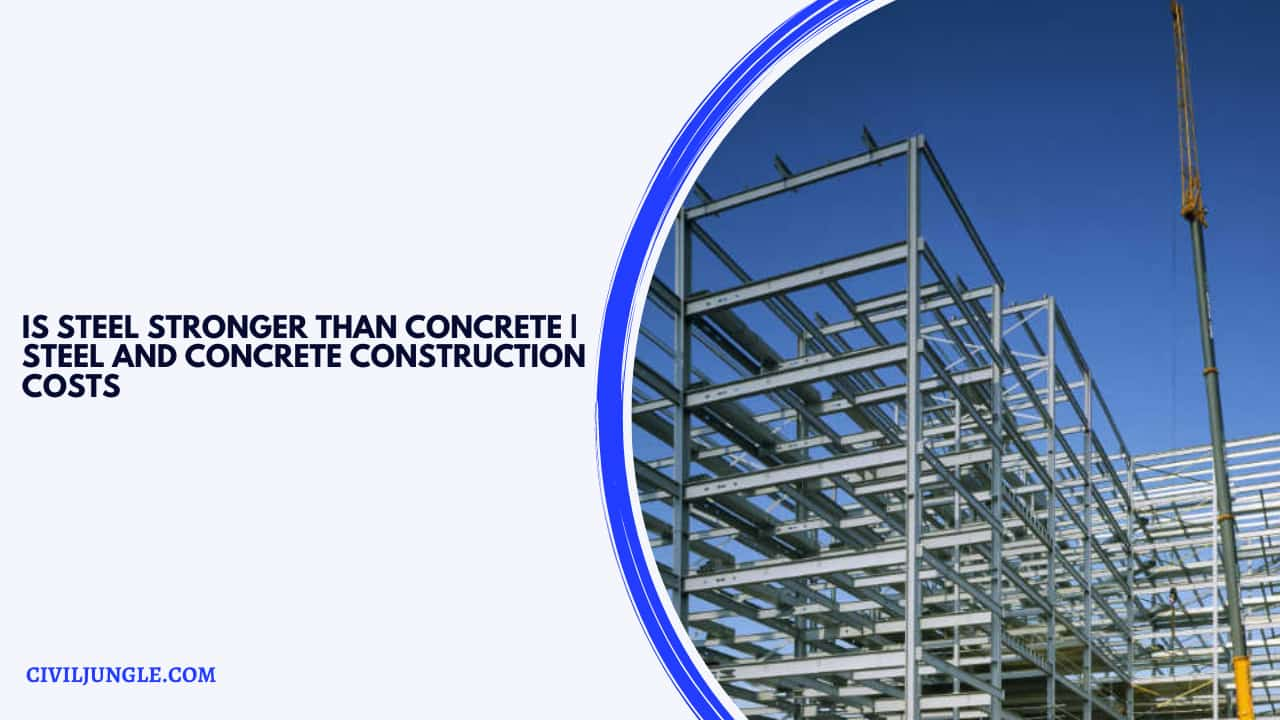
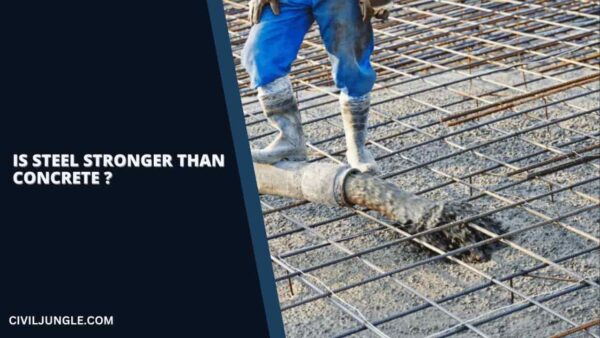
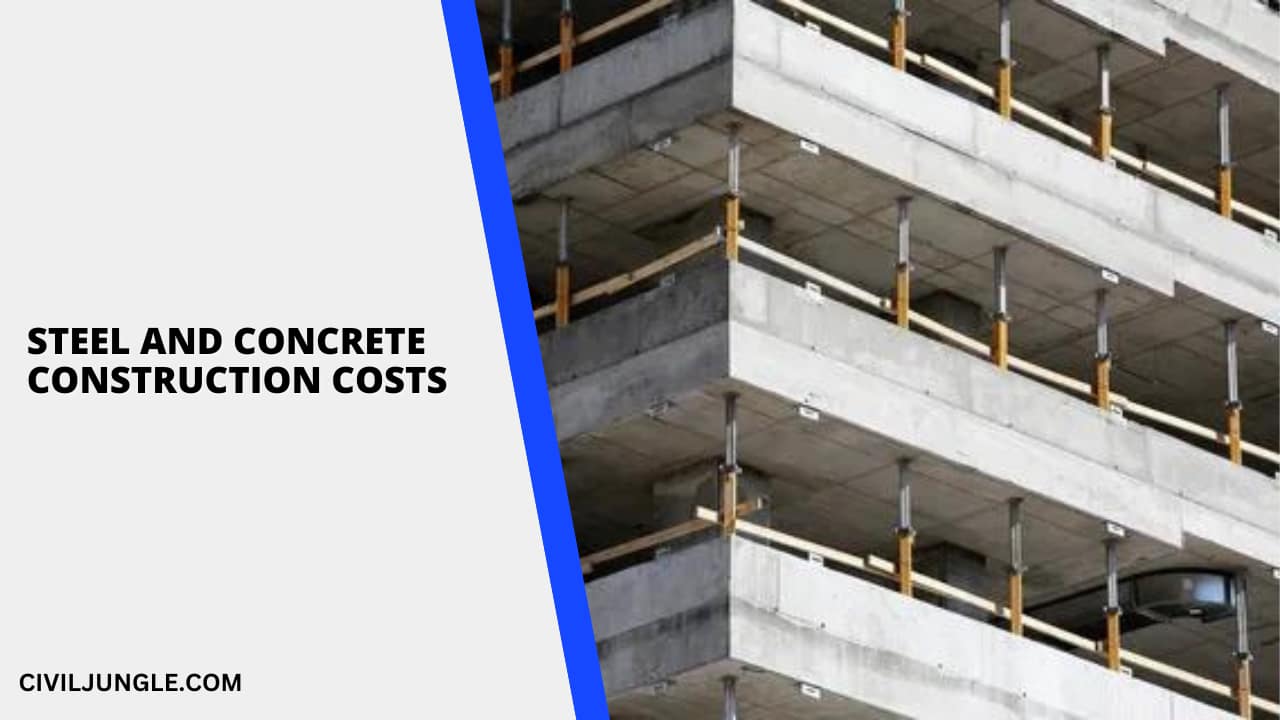
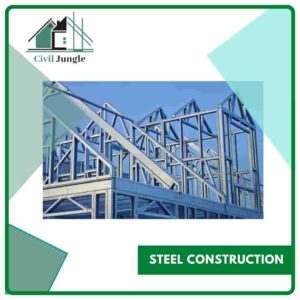
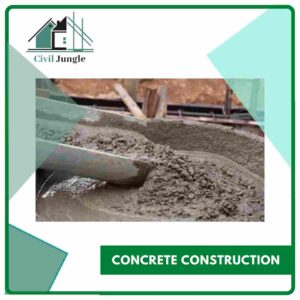
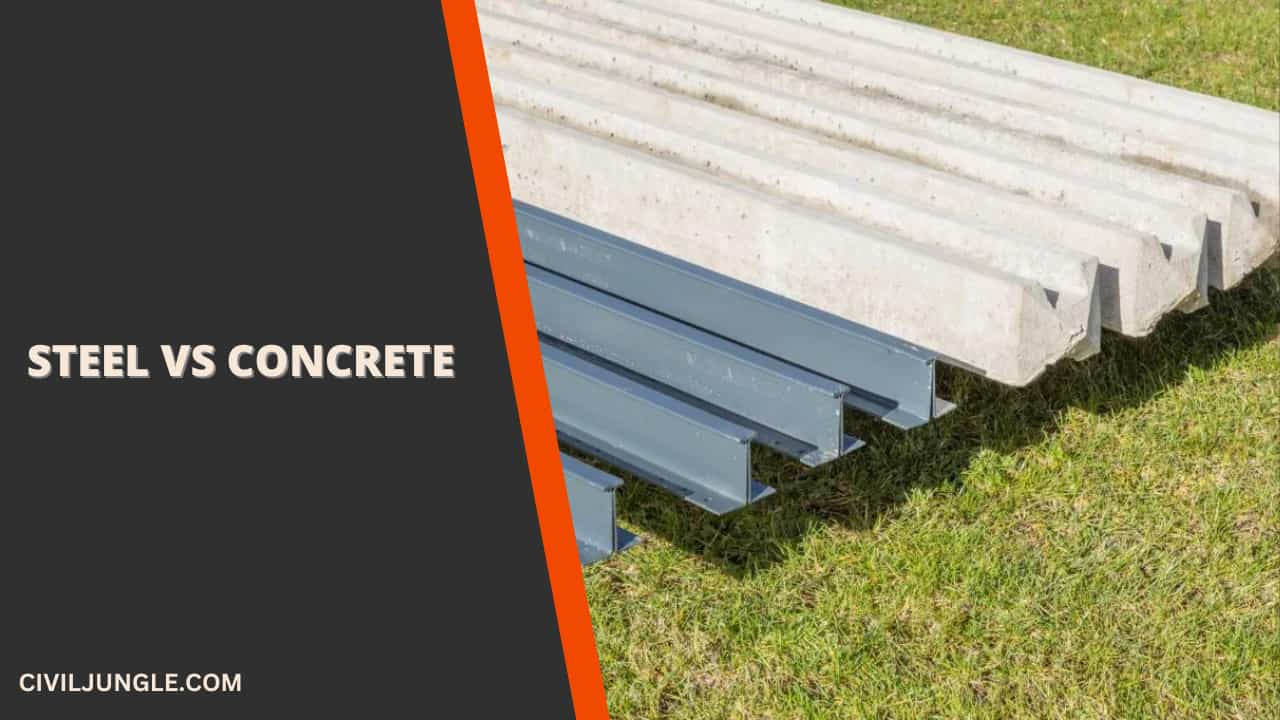
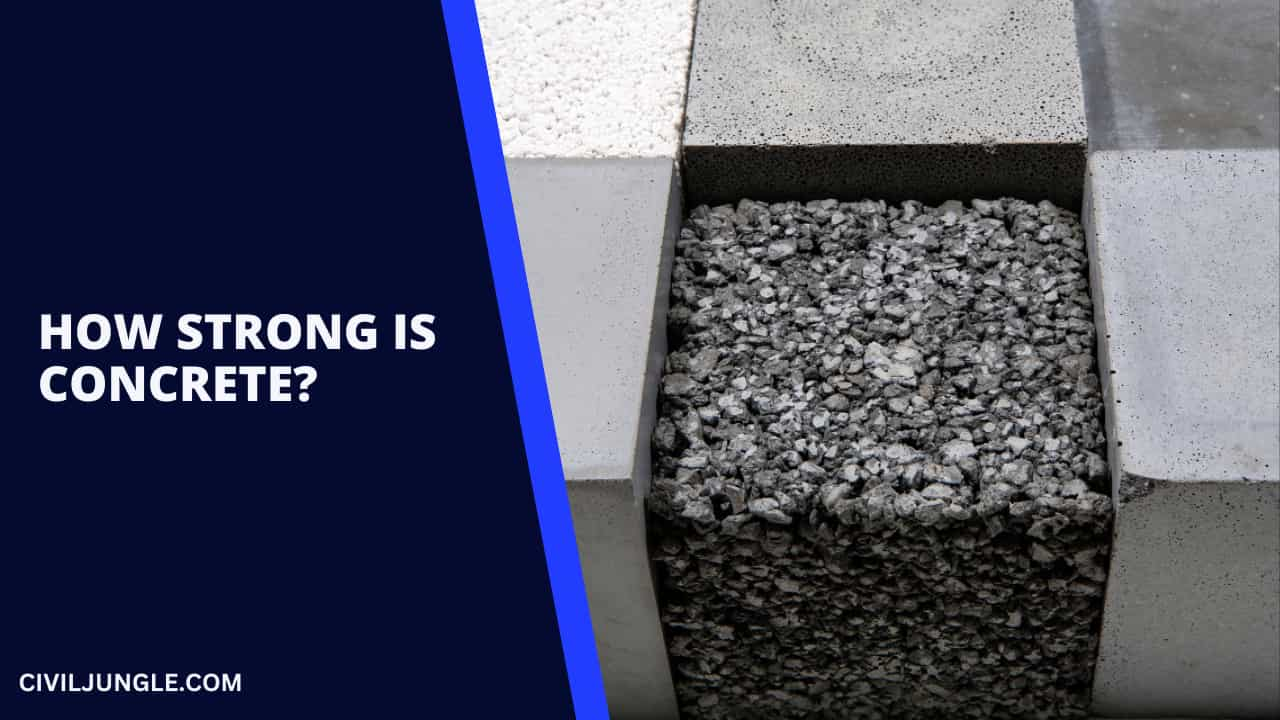
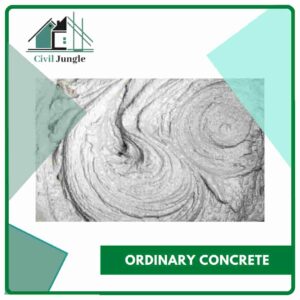
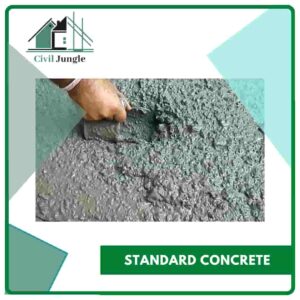
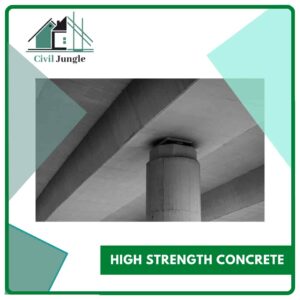
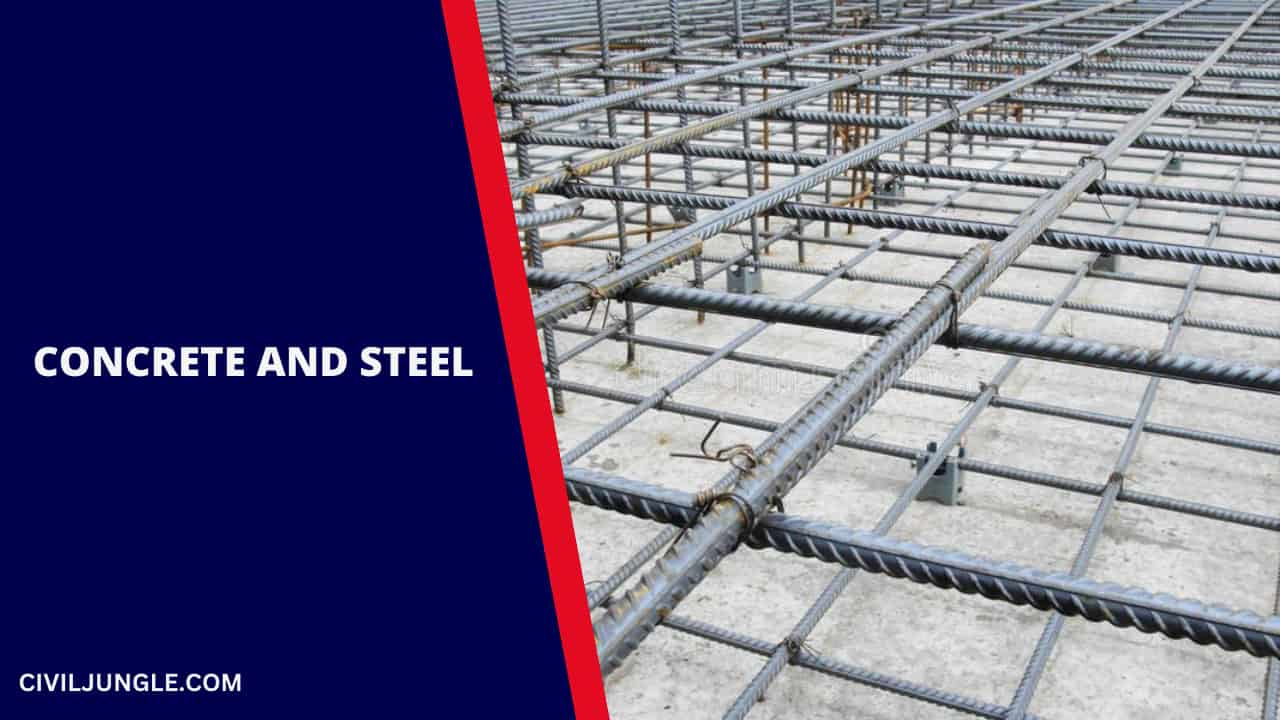
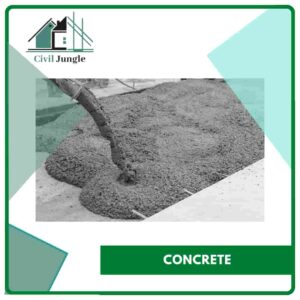
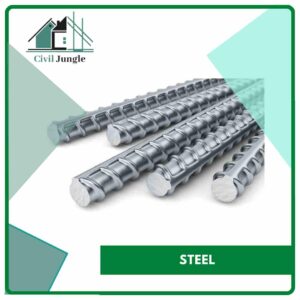
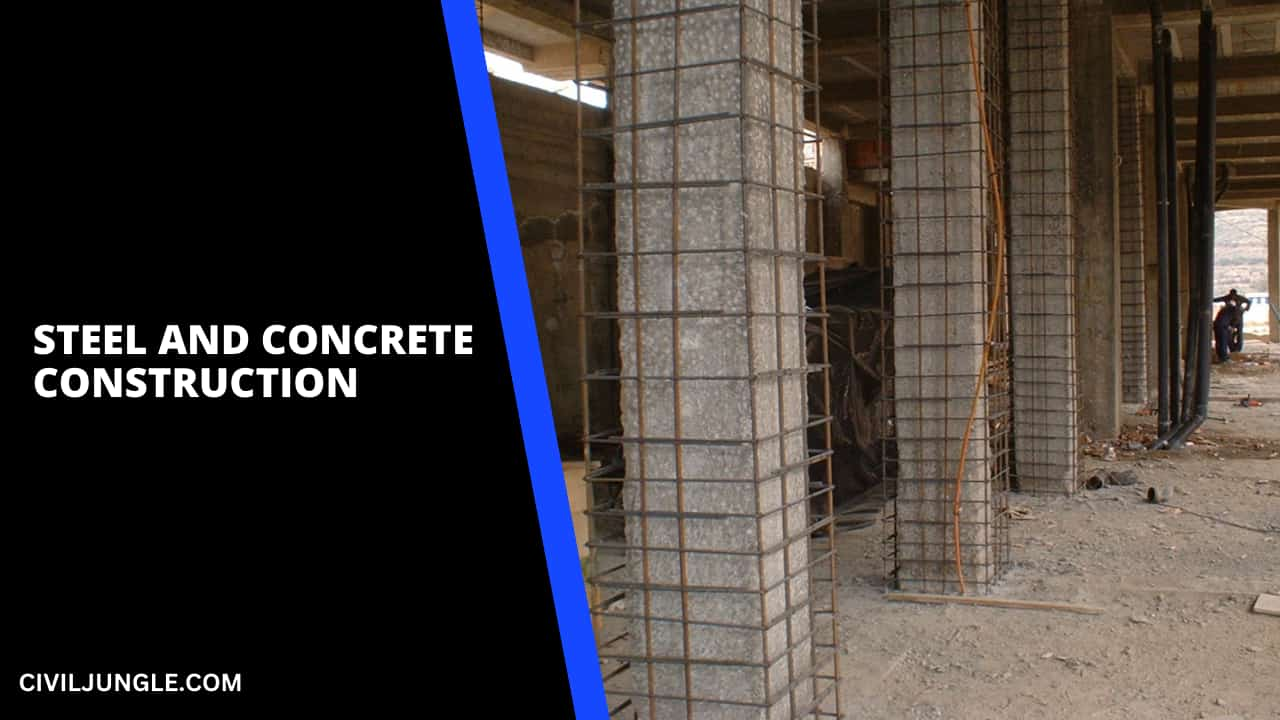


Leave a Reply